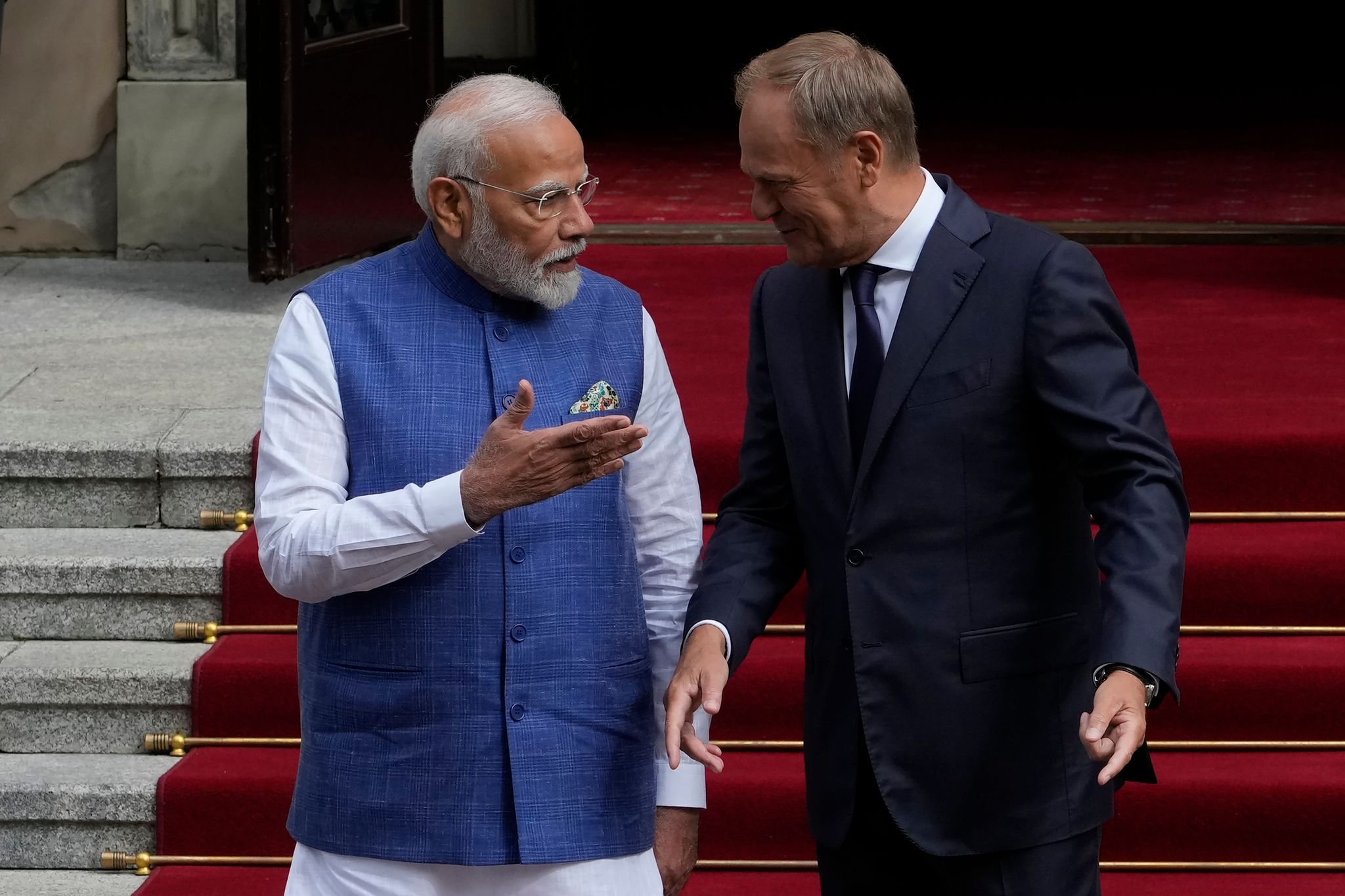Solemn promise
The controversial Ram Temple is intended to strengthen Modi's power in the long term
Wednesday, January 17 2024 | 12:11
How Associated Press According to reports, the opening of a temple called Ram Mandir next Monday will fulfill a promise made over decades by Hindu nationalists. The ruling Hindu nationalist Bharatiya Janata Party has long advocated building a temple at the site revered by Hindus as the holy birthplace of the god Ram. Ram or Rama is one of the most popular and revered gods in Hinduism.
The Ram Temple as a reflection of religious tensions
The proposed area in the northern Indian city of Ayodhya has long been controversial and is a reflection of religious conflict between Hindus, India's largest population group, and Muslims, the country's largest religious minority.
Until 30 years ago, the Babri Mosque, built in the 16th century, still stood in Ayodyha. However, in 1992, the building was destroyed by a Hindu mob, triggering riots across the country. More than 2,000 people, mostly Muslims, were killed. This religious conflict was only resolved in 2019, when the Supreme Court of India made a controversial decision giving the site to Hindus and giving a different location to Muslims.
Ayodhya is ready for Hajj pilgrims
The temple opening ceremony can attract up to 7,500 people and official estimates predict 100,000 devotees will flock to Ayodhya every day by the end of this year. They have been preparing for this rush in recent years: narrow roads have now been replaced by wide lanes that can better handle pilgrim traffic, including the newly built 13-kilometer Ram trail that leads directly to the temple.
The city also has a new airport and a large train station that can be used by more than 50,000 people every day. While locals are converting their homes into accommodation for guests, large hotel chains are also building new accommodation options in the city.
Advertisement
The opening of the temple was an atmosphere of celebration and criticism
Prime Minister Narendra Modi, along with several Hindu priests, will be present at the consecration ceremony where a statue of Ram will be installed inside the temple. The temple itself is a three-story building made of pink sandstone and spread over 2.9 hectares of land in a 28 hectare complex. It will feature a 1.3 meter tall statue of Lord Ram, who Hindus believe was born at the exact spot. the place where the destroyed mosque stood until 1992.
Despite all the celebratory mood, there was also criticism from the Hindu community. At least two major priests of the Hindu sect declined invitations to the opening ceremony because they believed the dedication of the unfinished temple was against Hindu scriptures.
According to the Associated Press, the mood among Hindus across India remains positive, many people are already looking forward to the opening and Indian television channels continue to report the upcoming event non-stop. Prime Minister Narendra Modi is said to have given direct instructions to politicians to visit local temples and scrub the floors there. Volunteers from his party and other Hindu nationalist groups also went door to door to distribute flags and religious pamphlets to the public.
Religion as a campaign strategy
In light of national elections scheduled for April or May, the Associated Press also identified Modi's approach as a political strategy. The opening of the temple at one of India's most controversial religious sites could give Prime Minister Modi a significant boost in his election campaign.
Modi is seeking a third consecutive term as head of government and is relying on the religious sentiments of Hindus, according to an American news agency statement.
Indian opposition figures also saw the opening of the temple as a “political project,” and some prominent opposition figures from India's Congress Party even turned down invitations to take part.

“Subtly charming web junkie. Unapologetic bacon lover. Introvert. Typical foodaholic. Twitter specialist. Professional travel fanatic.”

;Resize=(1200,627)&impolicy=perceptual&quality=mediumHigh&hash=d2fa3fed66ae2f64e1b33ae88fde05d09821cdd4ab13a7cecffaf9c207b59756)





